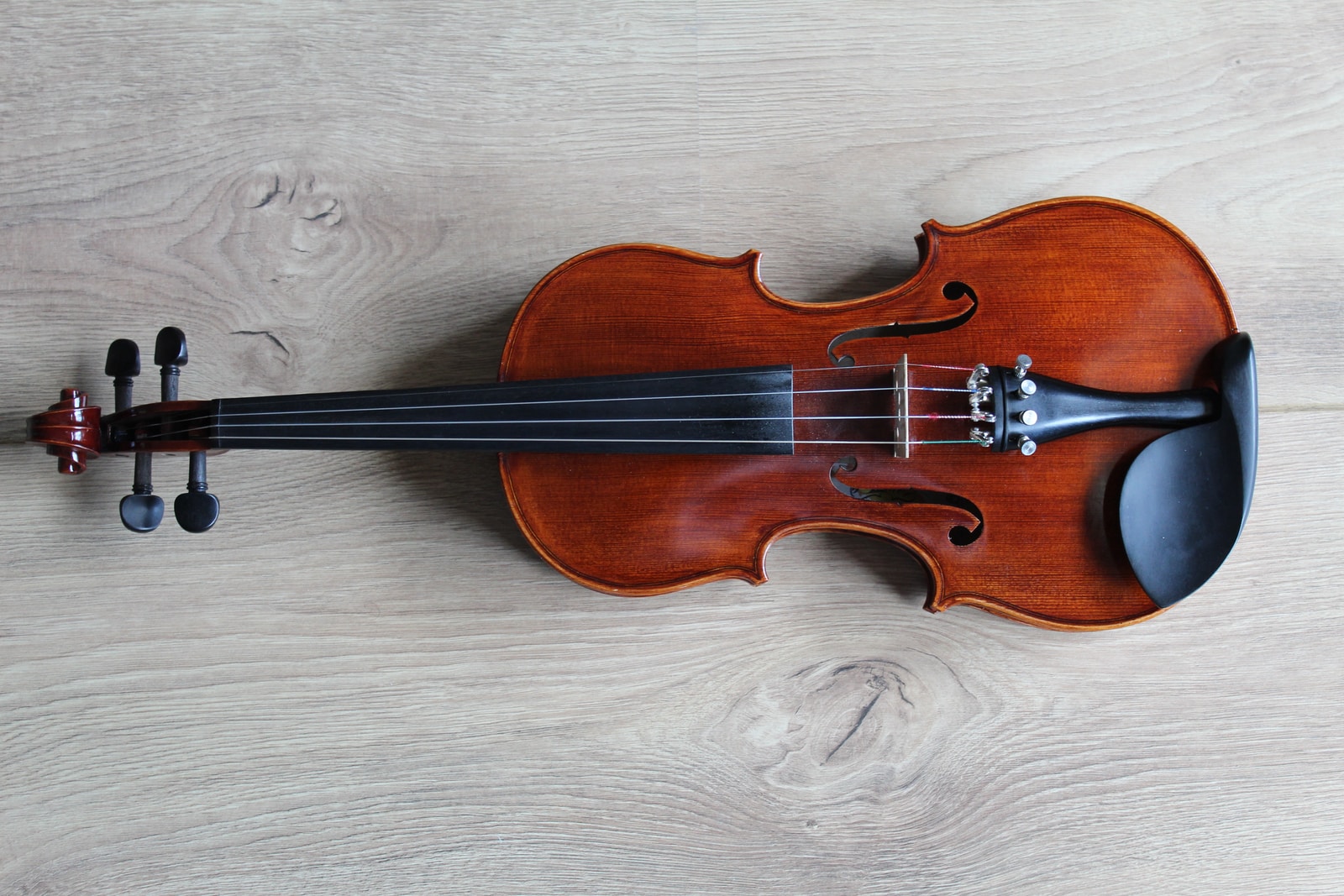Yes, you can! Like other musical instruments, the viola can also be learned without formal training. We are not saying it will be easy, and you will not need expert help along the way, but you can most definitely learn to play the viola with guidance.
For passionate beginners who are here to learn more about the viola, check out Ted’s list for which one is suitable for you so we can get the learning going.
About Viola
Viola is a stringed instrument, just like the violin or the guitar. It’s also comparatively a more complex instrument. A musician will experience intellectual growth and emotional expression as they play the viola.
It sounds more soulful, more mystical, and is introspective to experience. For this reason, the viola is honored and celebrated as a graceful and timeless instrument, one that is challenging to master but oh-so-worth-it!
How Difficult is it to Play Viola?
It’s not easy! If you are new to musical instruments and find yourself captured by the viola’s sound, look, and feel, we want to be honest with you. It is indeed a challenging instrument to pick up for learning, especially if it’s your first time learning an instrument.
Viola is often limited to jazz music, but that’s not true. We recommend that you begin your learning by understanding it as an instrument and its musical genres.
Viola is a complex instrument and takes years of practice. A simple Google search will tell you that it can take up to a decade to become fluent at it, but don’t let that scare you.
There is no better time than the present if you wish to learn it. It’s all about the hand-movement and bowing technique perfected with time and practice.
What to Know About the Bowing Technique?
Befriend the string, get friendly with the bow, and let the love affair unfold. Viola is beautifully passionate and full of emotions. It’s to be held gently, closely, and played with pleasure. The angle of your hand, the pressure with which you are pressing down the bow, and your muscle memory all denote how well you know the instrument.
The notes transition with the movement of the bow creating a warm, lively, and distinctive symphony that can be traced directly to the violist even in an orchestra. Your bowing technique will create sound quality. It’s a complex tone, and a violist’s mastery is how he allows his bow to mate with the string.
If you are thinking about bettering your bowing skills, a routine of string workouts is the answer.
Should I Buy or Rent a Viola?
Both are subjectively recommended options. If you are an adult who’s taken out time to give to your passion of learning viola, why not go all in and purchase a viola. If purchasing, make sure to check if you want to opt for a beginner viola or an advanced one. Shop only with a reputable viola maker or store as the viola is not a cheap purchase. If you’re investing in it, make your investment worth it!
Renting the viola is recommended only if you are unsure and want to get a taste of it before the hefty investment. This also applies to your kid if they are interested in learning it, but you want to wait for the interest to grow into their passion. Often beginner-level violists switch to the violin or even a cello.
Some Tips to Get You Going
- There is no shortage of online material for you to learn it yourself. Employing a teacher is still not a bad idea.
- Learn to balance it first. If it’s not held right, you will play it wrong. Adjust it with your collarbone.
- Become comfortable with it, and use the chin rest for your chin and jawline. Not doing this can cause neck problems.
- Tighten your bow before playing, loosen it afterward with the same number of rotations.
- Discipline and focus are your best friends. Be disciplined about learning it, and practice with focus.
- Schedule practice time daily.
- Be patient. It will take time and can feel frustrating.
The Final Word
For viola, C is your starting note, and the knowledge of notes will be your starting point. As you progress in your learning, let your emotions guide you. A violist’s uniqueness is his expression through the instrument.
Don’t get lost in the challenge of it all as you practice. Allow yourself to enjoy the process, and know that the joy of playing it is much more fulfilling than the difficulty of learning to play it. Once you get into it, you will experience the hype and develop your bond with the instrument.


